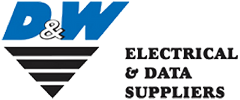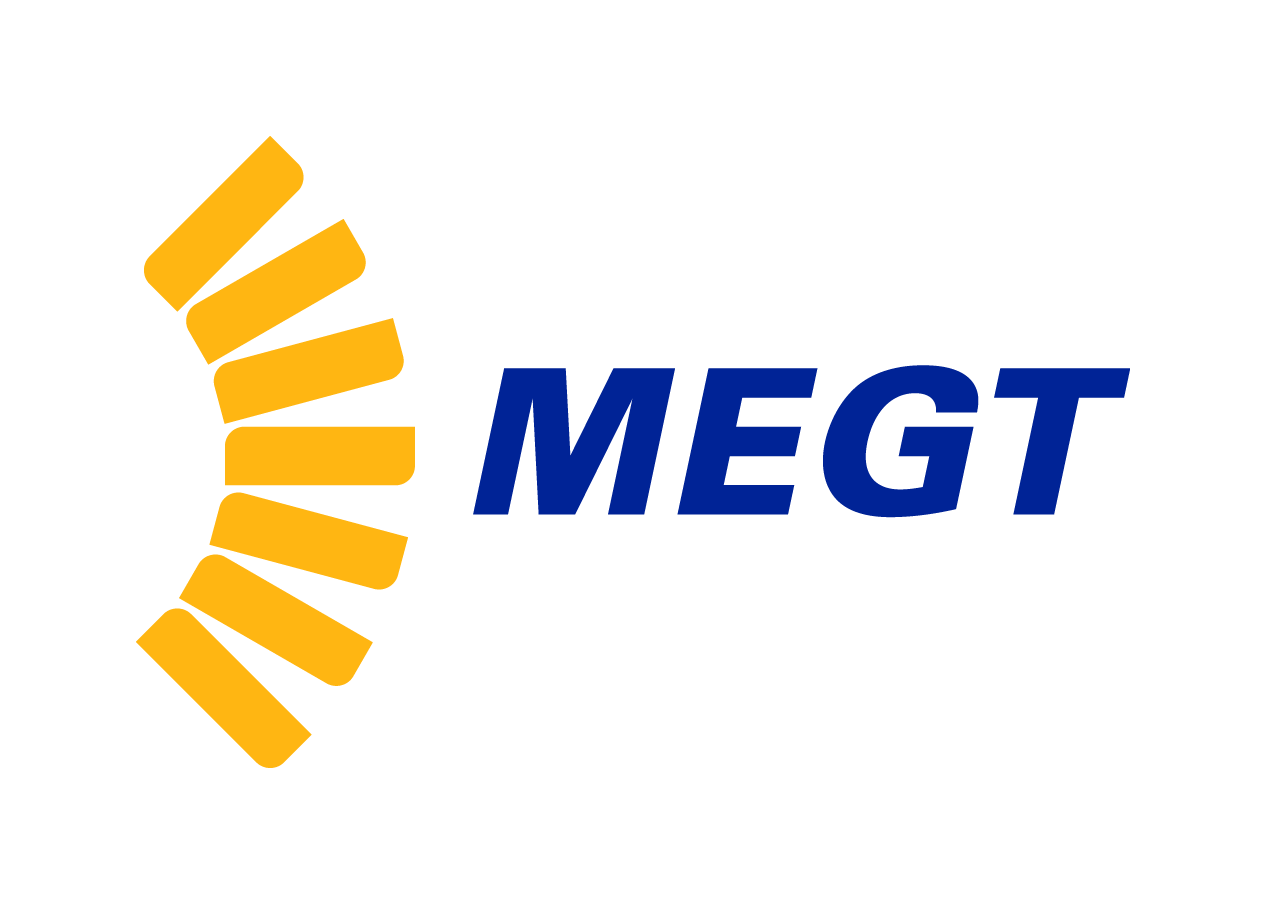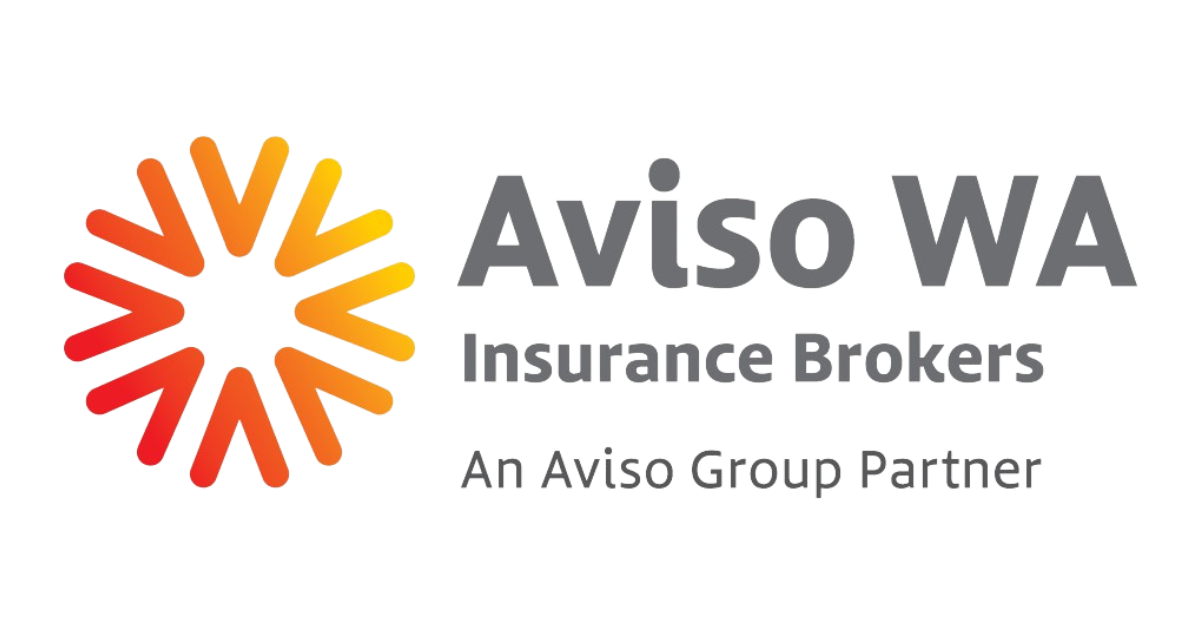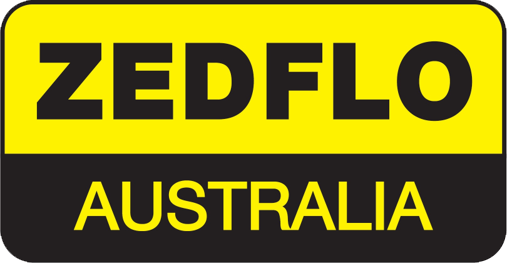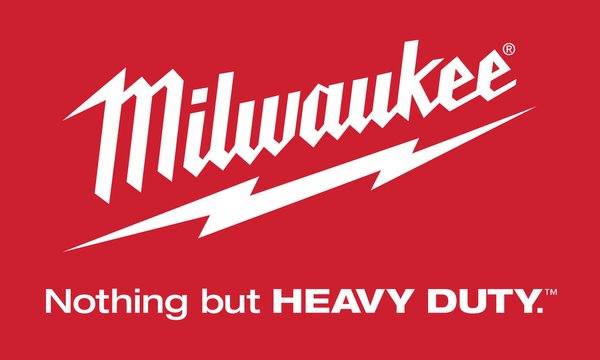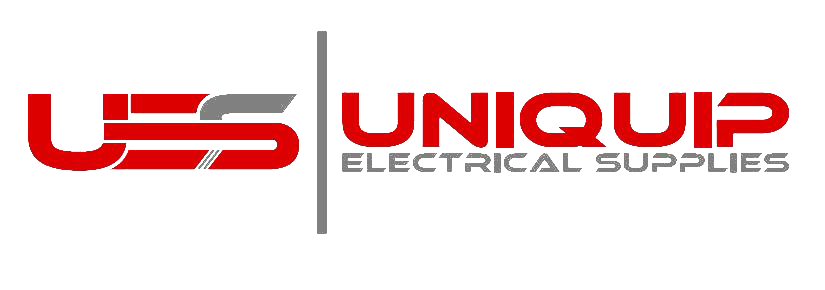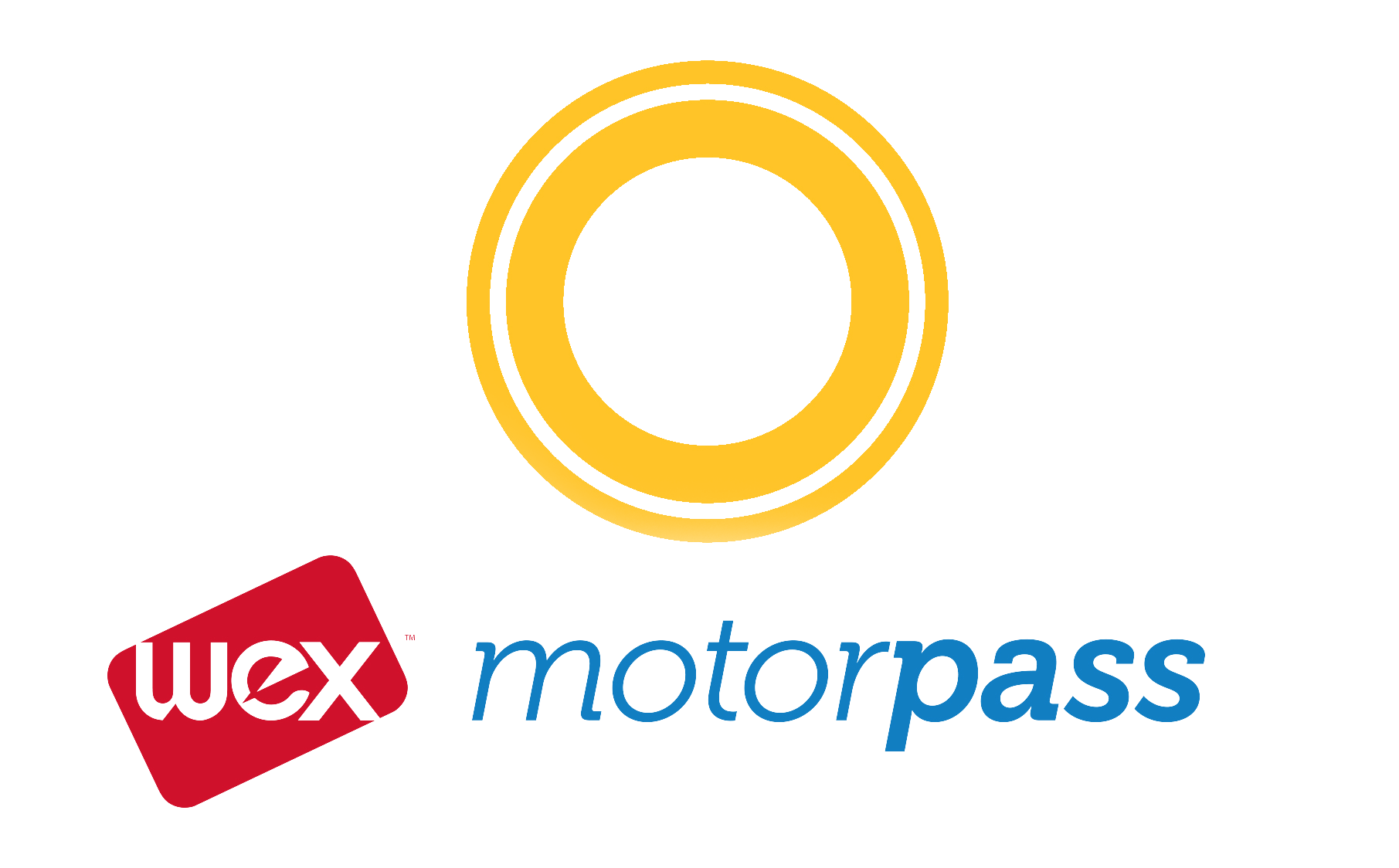What is the Difference Between a Forklift and Telehandler Licence

If you hold a forklift ticket and wonder whether it qualifies you to operate a telehandler, the answer is not as straightforward as you might think. In Western Australia, a standard forklift licence does not automatically grant you the right to drive a telehandler. Instead, telehandler operations require additional training and certification to ensure safety and compliance with local regulations.
Understanding the Differences
Forklifts vs. Telehandlers
Although telehandlers (often called telescopic forklifts or telescopic handlers) share some similarities with traditional forklifts, they are built for different tasks and come with unique operating characteristics. For example:
- Design and Operation: A telehandler’s extended reach and telescopic boom mean that it behaves differently on the ground compared to a standard forklift. This is especially important when operating a telehandler with jib attachments or other specialised configurations.
- Stability and Controls: The extended boom and variable load centre require operators to manage balance and stability far beyond what is expected when handling a forklift.
These differences mean that the skills and training for a telehandler licence or telehandler ticket are specifically tailored to address the challenges of operating such equipment.
Licensing and Training Requirements in WA
Forklift Licence Limitations
In Western Australia, a forklift licence is strictly for operating forklifts and does not cover the operation of telehandlers. Even if you’re experienced with a forklift, the additional features of a telehandler require extra training. Relying solely on your forklift certification can lead to unsafe practices and non-compliance with Work Health and Safety (WHS) regulations.
Telehandler Licence and Training
To legally operate a telehandler in WA, you must complete a dedicated telehandler training course. This course covers:
- Specific Operating Techniques: How to safely manoeuvre the extended boom and adjust for variable load centres.
- Risk Management: Understanding the hazards unique to telehandler operations, including working at height and managing loads on uneven surfaces.
- Legislative Requirements: Up-to-date information on telehandler licence requirements WA, ensuring you meet all local regulatory standards.
By obtaining a telehandler ticket—or what some refer to as a telescopic handler licence—you prove that you have the specialised skills to safely operate this versatile machine. Learn more about Equip-Safe's telehandler course here.
Why the Additional Training Is Essential
Safety is paramount when dealing with heavy equipment. Even though a forklift licence might seem similar, the operational risks of a telehandler are significantly different. The training for a telehandler:
- Provides in-depth knowledge on handling equipment like a telehandler forklift or telescopic forklift.
- Covers unique scenarios such as managing attachments like a telehandler with jib.
- Ensures operators understand the nuances of dynamic loads and extended reach, which are not typically encountered with forklifts.
Completing this additional training not only meets legal requirements but also equips operators with the confidence and skills necessary to reduce accidents and maintain a safe work environment.
In Summary
- Forklift Licence ≠ Telehandler Licence: A forklift ticket alone is not sufficient to operate a telehandler in Western Australia.
- Additional Training Required: Operators must complete a specific telehandler training course to obtain a telehandler ticket or telescopic handler licence.
- Safety and Compliance: The extra training covers the unique challenges of telehandler operation, ensuring that all operators meet WA’s telehandler licence requirements and can safely manage equipment such as telehandler forklifts, telescopic forklifts, and telehandlers with jib attachments.
If you’re currently holding a forklift licence and looking to expand your capabilities, contacting an accredited training provider is the best next step. They can guide you through the course requirements and ensure that you’re fully compliant with all regulations.



